Unlike our last Batman, Adam West, you’re unlikely to know Kevin Conroy’s name, and even less likely to know his face. But his portrayal of Batman is iconic. He donned the cowl in the magnificent Batman: The Animated Series, lending his voice not just to that series, but almost every animated iteration of Batman since, including The New Batman Adventures, Batman Beyond, Justice League, Justice League Unlimited, all of the spin off feature films, and even the Arkham Asylum and Injustice: Gods Among Us video game series.
Move over Christian Bale. Take a seat, Affleck. This is a goddamned Batman.
But Batman: The Animated Series started it all. For those of you who didn’t watch it in its original run from 1992–1995, the 4 seasons of B:TAS were transformational for animation. Unlike the kids’ cartoons for the 80s and early 90s, this wasn’t a neon-soaked fever dream. It was dark—so dark that the animators drew it on black paper. It was stylish, imagining Gotham City through an explicitly Art Deco lens. And it was arguably the best neo-noir detective serial to be produced in the better part of fifty years.
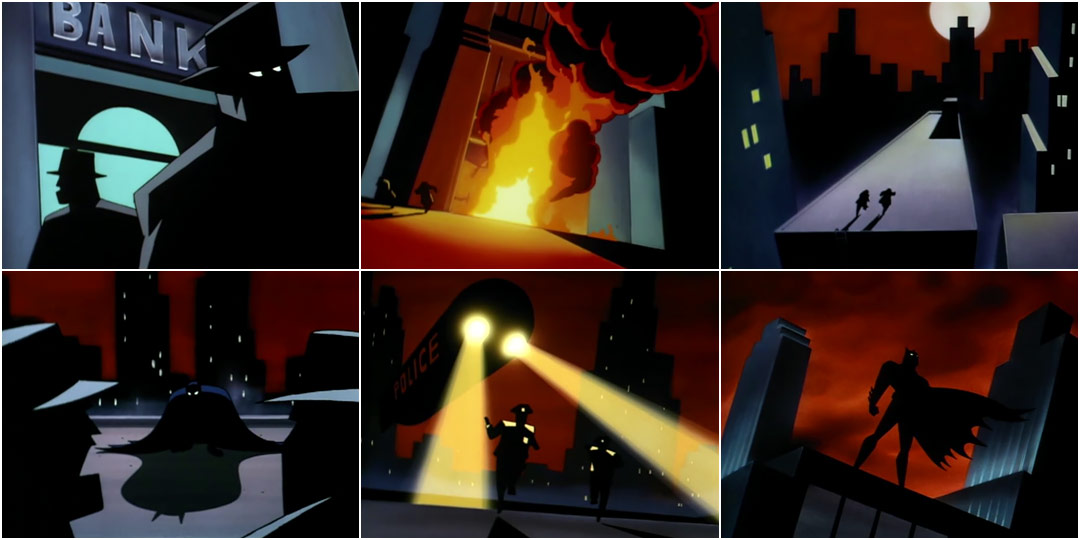
It was adult, but in the best way. It wasn’t “adult” by being superficially gritty and hyperviolent (coughZackSnydercough). It was adult by dealing with complex themes and creating heroes and villains who you could relate to—and who had all suffered. Scott Mendelson over at Forbes put it well:
The series wasn’t “adult” because it was the darkest, most serious, and most violent afternoon animated show of its time. No Batman: The Animated Series was adult in nature by virtue of its intelligence and its frank dealing with genuinely adult subject matter. The show’s plots concerned divorce, patent law, insurance fraud, homelessness, class prejudice, age discrimination, typecasting, prison abuse, animal testing, and all manners of mental illness.
Its stories revolved not around alien invasions or doomsday scenarios, but around the stuff that real life is made of.
In case you couldn’t tell, this is probably my favorite Batman.
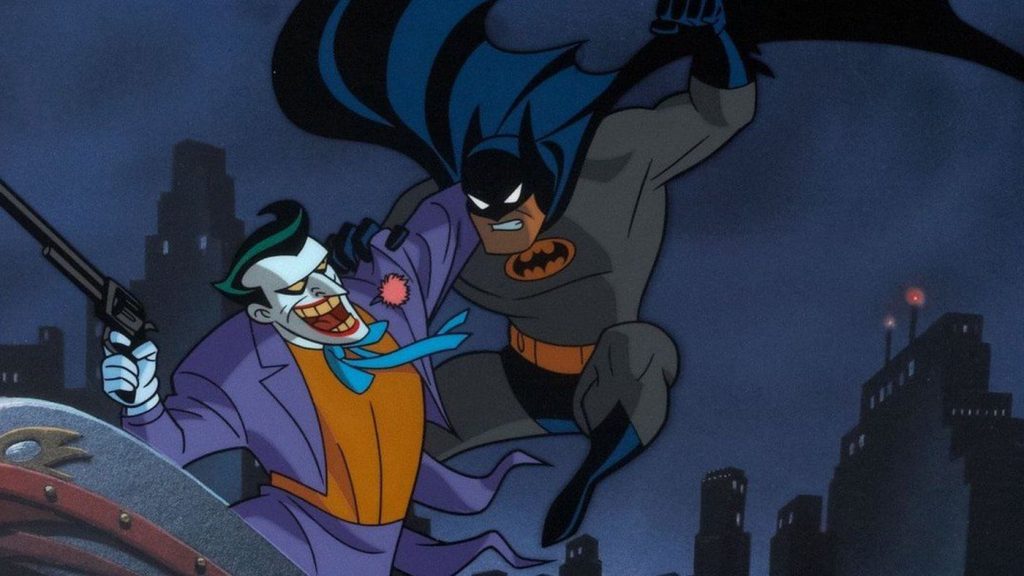
After B:TAS, animated shows—especially superhero animated shows—took a lot more artistic chances, and integrated more adult themes into their shows. But if nothing else at all came of it, it would be enough to say that this Batman gave us the best Joker that ever has been and shall ever be, voiced by none other than Mark Hamill. Yes, that Mark Hamill.
If you haven’t seen it, it’s on HBO Max. Go watch it.
Building Kevin Conroy’s Batman in Dungeons and Dragons
For this build, we have a few priorities:
- I am the night. This Batman can melt into the shadows and out again with ease.
- Black belt. This Batman studied Japanese martial arts under master Yoru (but notably was not a ninja, despite their similar tactics).
- The world’s greatest detective. This Batman is, at his heart, the gumshoe of a noir detective story.
- Chain smoker. Batman can disappear without a trace.
Core Stats
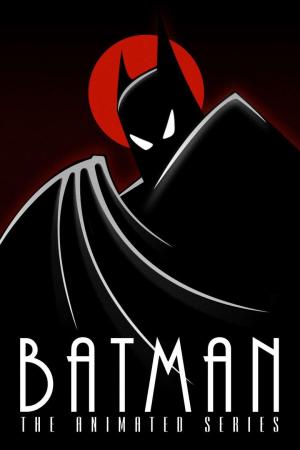
Species: As before, Batman is a variant human. Variant humans get a language, two +1 ability score increases, a skill proficiency, and a feat. So let’s give our Batman…
Language: Undercommon? (or anything else you prefer).
Skill proficiency: Stealth.
Feat: The best feat for a stealthy Batman is Skulker; it lets you hide when only lightly obscured, and attack from range without giving away your position.
Starting Stats: We’re going to use the Standard Point Array of 15, 14, 13, 12, 10, and 8. We’ll give Dexterity our 15. Wisdom gets the 14; this Bat has some moves. Constitution gets 13; Charisma gets the 12. Intelligence gets the 10, and we’ll dump Strength—not because our Batman isn’t built like a rectangle, but because, for our purposes, all that beef is represented by Dexterity.
Background: Noble. As before, Bruce Wayne’s real superpower is being rich AF. https://www.youtube.com/watch?v=-2Z3rJMpCJY
That nets you skill proficiencies in history and persuasion, a gaming set proficiency (take your pick, but a Chess set seems appropriate). Languages don’t quite map, so take your pick. The most important part of this is Position of Privilege, which ensures that your Bruce Wayne can hobnob with the snobs wherever he goes.
Level 1: Monk 1

[Str: 8 | Dex: 16 | Con: 13 | Int: 10 | Wis: 15 | Cha: 12]
Proficiencies: Acrobatics, Insight, Alchemist’s Supplies
Features: Unarmored Defense, Martial Arts
Starting Equipment: 10 darts (batarangs), 50 feet rope, grappling hook.
Commentary: Bruce Wayne starts out his training as a rich dude studying martial arts in Japan. So this is the best place to start. With unarmored defense, this Batman starts with an AC of 15 (which is where our Adam West ended up at level 20), and martial arts means your unarmed strikes are a d4 plus our dexterity modifier (+3) and uses our Dexterity to hit. Monks have a reputation for not ending up as strong as some of the other classes, but in the early game they do very well for themselves.
Level 5: Monk 4—Way of the Open Hand | Rogue 1
[Str: 8 | Dex: 18 | Con: 13 | Int: 10 | Wis: 15 | Cha: 12]
Monk Features: Ki, Unarmored movement, Deflect Missiles, Open hand technique, Slow fall
Ability Score Increase/Feat: Dexterity +2
Rogue Features: Sneak Attack, Thieves’ Cant
Proficiencies: Deception
Expertise: Stealth, Insight
Commentary: For this build, I chose Way of the Open Hand for the monastic tradition, rather than Way of the Shadow. Why? Because in Batman: The Animated Series, we see Bruce Wayne training in a rather traditional dojo, and doing battle with (and looking down upon) ninjas. Way of the Open Hand gives you Open Hand Technique, which lets you add to your flurry of blows the ability to knock an enemy prone, remove its reactions, or throw it 15 feet away—all very useful. 4th level gives you Slow Fall (flavor it as a parachute cape). And here we pick up our first level of rogue.
In theory, Rogues and Monks should synergize well, since you should be able to combine your dope dexterity-based martial arts skills with some sweet extra dexterity-based damage from sneak attack. Unfortunately, the designers of D&D have been very explicit that they do not synergize, and that unarmed strikes are not finesse weapons (which is a requirement for sneak attack damage). So, as with our previous Batsmens, you have to choose between martial arts damage and sneak attack batarangs.
Level 11: Monk 5—Way of the Open Hand | Rogue 6—Inquisitive
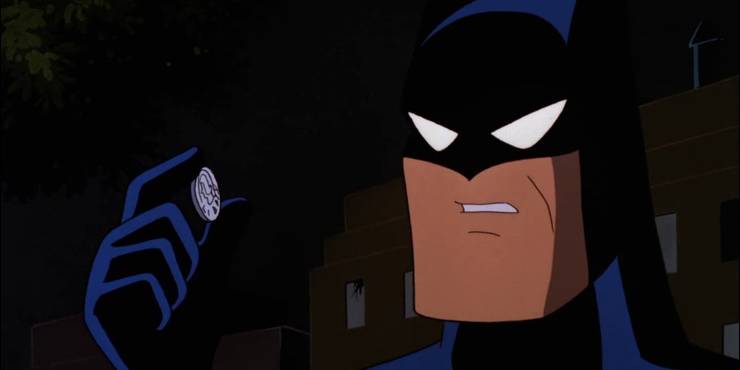
[Str: 8 | Dex: 18 | Con: 13 | Int: 10 | Wis: 15 | Cha: 12]
Monk Features: Extra Attack, Stunning Strike
Rogue Features: Cunning Action, Ear for Deceit, Eye for Detail, Insightful Fighting, Uncanny Dodge
Expertise: Acrobatics, Deception
Ability Score Increase/Feat: Skilled: (Skill proficiency: Perception, Intimidation, Investigation)
Commentary: Here’s where we lean into the other side of our Batman build—the noir detective. First, level five of monk gives a lot—with both an extra attack and one of the best skills in the game: stunning strike, which lets a monk shut down one enemy for an entire round if they miss their saving throw.
On the other side, we’ve chosen the rogue subclass that is tailor-made for detectives: the Inquisitive. It’s very strange that the one skill that people most associate with detectives – investigation – isn’t one that synergizes well with rogues, since it’s intelligence-based and rogues’ secondary ability tends to be wisdom.
But regardless, Inquisitive brings a lot to the party—ear for deceit makes you far better at ferreting out lies with insight, and insightful fighting lets you use your insight checks to give yourself sneak attack. Good thing we got expertise in that!
But with the Skilled feat, we’re able to pick up all the skills that Batman needs to be, well, Batman. Much like in our previous build, you could stop there and have a serviceable—though not exactly super-heroic—Batman.
But let’s go further…
Level 17: Monk 6—Way of the Open Hand | Rogue 11—Inquisitive
[Str: 8 | Dex: 18 | Con: 13 | Int: 10 | Wis: 18 | Cha: 12]
Monk Features: Ki-Empowered Strikes, Unarmored Movement, Wholeness of Body
Rogue Features: Evasion, Steady Eye, Reliable Talent
Ability Score Increase/Feat: Wisdom +2, Shadow Touched (Wisdom)- Cause Fear
Commentary: There might not be as many features here as in some of the other levels, but boy do they pack a punch! Evasion is clutch, making our Batman damn-near impervious area of effect spells. But the star of the show is definitely reliable talent, which means that we can’t roll less than a 10 on any skill that we are proficient in—and we are proficient in nine different skills. Yes, it would have been better had we started with Rogue. But that’s not how this Batman’s story starts, so here we are.
This provides a huge bonus to our skill checks, and combined with insightful fighting means that there are few opponents we won’t be able to hit consistently with our sneak attack, which is now at 6d6.
The big downside in terms of that Batman flavor is, as mentioned before, martial arts doesn’t count for sneak attack. If you have a kind and generous DM, they might let you homebrew something, otherwise you’re going to be very reliant upon your batarangs. I suppose to some degree that’s appropriate for Batman, since he regularly brings fists to a gunfight.
For a bit more Batman flavor, I’ve picked up the Shadow Touched feat, which gives our Batman the ability to literally become invisible once per long rest, and access to another first level spell—for us, the obvious choice is Cause Fear. Sure, it’s low level enough that it won’t work on the big bad, but it’s good enough to send the average goons running.
But what if we went… even further?
Level 20: Monk 8—Way of the Open Hand | Rogue 12—Inquisitive
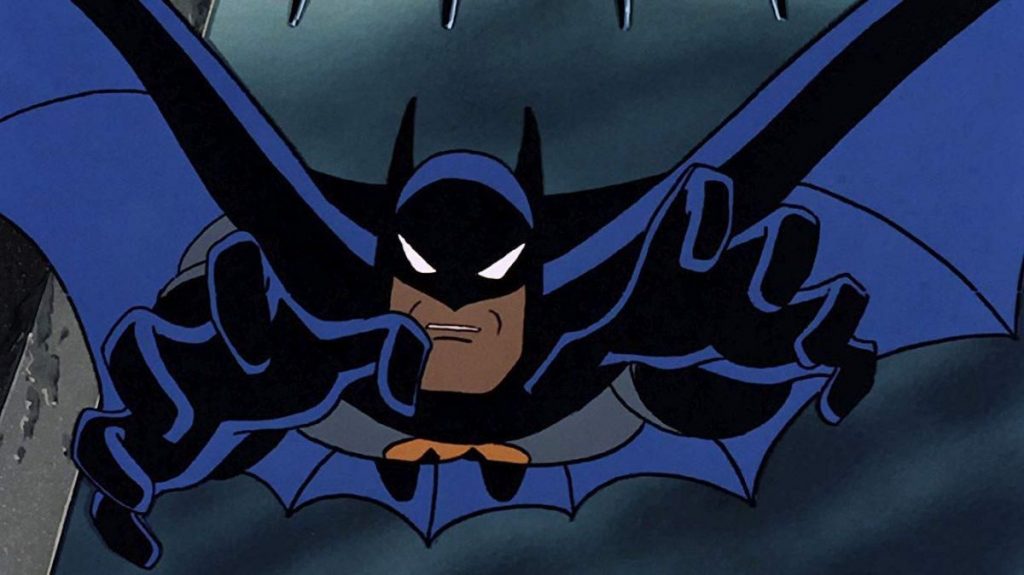
[Str: 8 | Dex: 18 | Con: 13 | Int: 10 | Wis: 18 | Cha: 12]
Monk Features: Evasion, Stillness of Mind
Ability Score Increase/Feat: Wisdom +2, Dexterity +2
Final Commentary: This last bump is a little bit of an anticlimax, since the bane of multiclassing rears its ugly head. Because we already got evasion with our rogue levels, getting evasion again with monk level 7 gives us nothing. But, we do get stillness of mind, which is very appropriate as it allows Batman to shrug off magical fear and charm effects; take that, Scarecrow! This also allows us to cap our Wisdom and Dexterity scores, making us the very best at what we do.
And what we do sure its a lot. Out of combat, did I mention we have nine skills that we can’t roll less than a 10 on? Yeah, that’s incredible. That means for our expertise skills – deception, acrobatics, and insight, we can’t roll less than a 23, 27, and 27 respectively. You’re a noir detective, able to find the clues, figure out who is lying, and save the day.
In combat you have a ton of abilities that keep you safe and let you dominate your enemies. Our AC is 20, we have evasion, uncanny dodge, and deflect missiles. We’re particularly well suited for hit and run tactics—hit them with a sneak attack and a stunning strike, then disengage using cunning action and melt back into the shadows using your skulker feat, or just plain disappear by casting invisibility.
The only serious downside is a lack of brute-force damage. Your martial arts strikes only do 1d6+5, and you get two of them per action. You can reliably do sneak attack for an extra 6d6, but if you’re playing a straight-up-and-down no-compromises Batman, you won’t get that in the thick of combat. But that’s okay. You’re not Superman. You’re freakin’ Batman! You’re there to hit them and disappear, and to outlast your opponents by using clever tactics. Just make sure to fight your opponents where the shadows are long, or you might find yourself with nowhere to hide.


